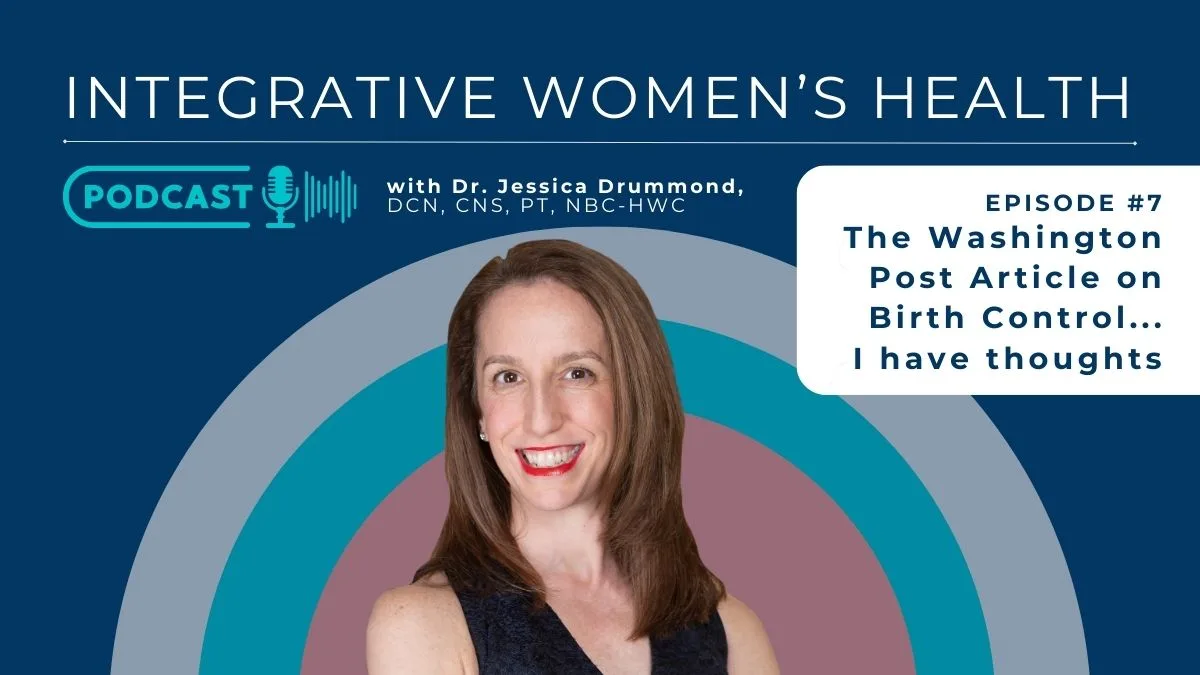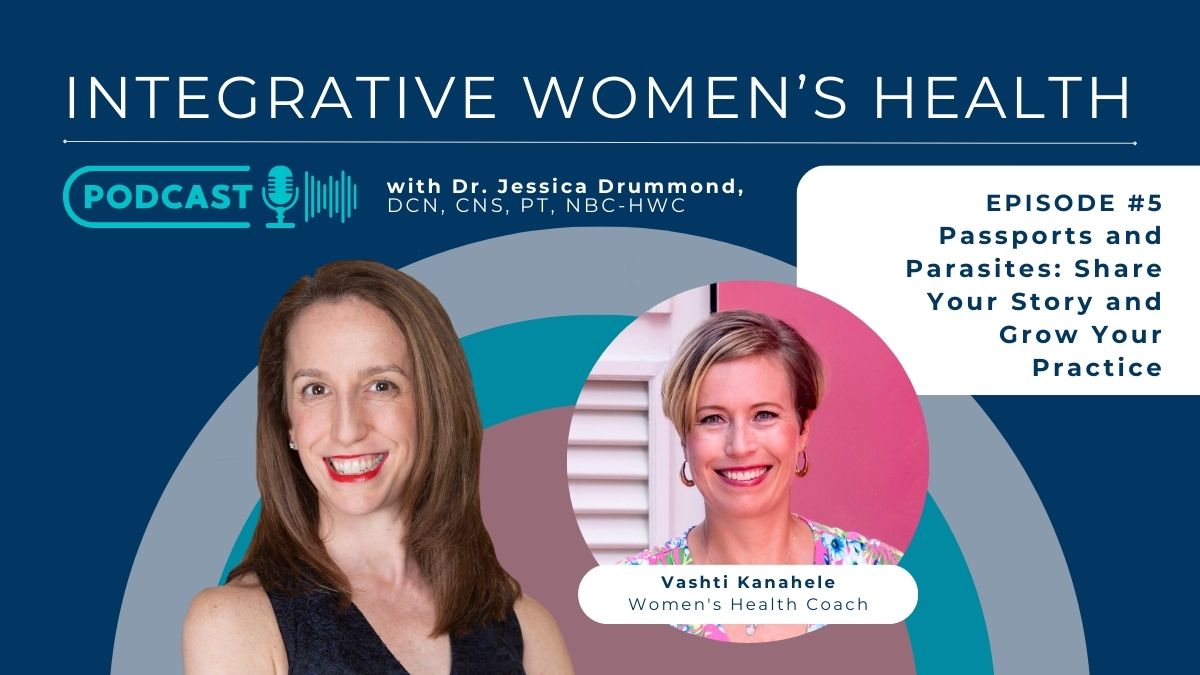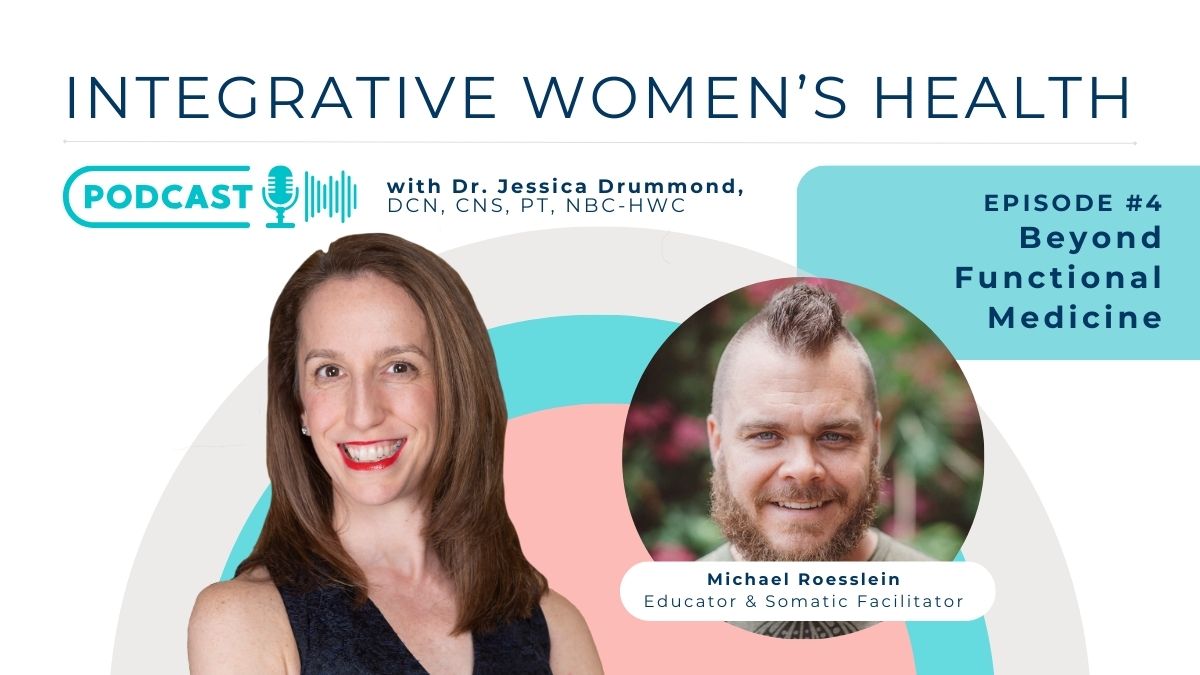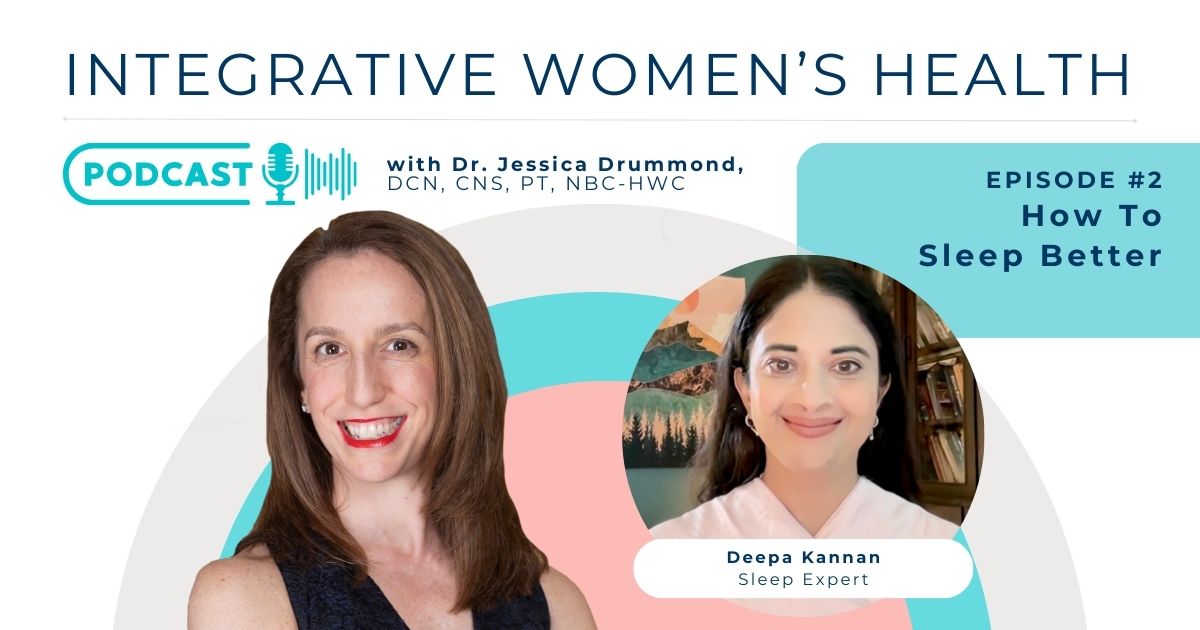Supporting postpartum recovery for new moms is an essential skills for all women’s health physical therapists, fitness professionals, nutritionists, and other women’s health and wellness professionals. The postnatal year is a time when women need emotional support, practical support, and physical support.
Today we’re going to discuss vital aspects of nutrition for supporting tissue recovery in the pelvic floor and abdominal wall for postpartum women.
A few weeks ago, I completed our work with one of my favorite clients. I met her a little more than a year ago. She was having difficulty recovering from the birth of her first child – she struggled with abdominal diastasis, pelvic floor muscle weakness, mild prolapse, and mild urinary incontinence – all common issues for postpartum women. Fortunately, she was already in good hands physically. She was performing appropriate postpartum recovery exercises with the support of the MuTu System program, but her pelvic and abdominal tissues were not bouncing back as quickly as she would have liked. Additionally, she was still breastfeeding, so her endocrine system had not fully returned to the pre-pregnancy state, which was further hindered by her lack of blood sugar stability.
We got to work on her nutrition program with an emphasis on collagen and elastin recovery to support the exercise that she was doing to improve the strength and resilience of her core and pelvic floor muscles and soft tissues.
While there is no published clinical research that shows that eating (or drinking) collagen protein in the form of bone broth or collagen protein supplements directly “heals” myofascial tissue, I see improved tissue resilience and recovery postpartum clinically when women add collagen and important cofactors to their diets in the postpartum period. (This would make a great clinical research study, anyone up for it?)
The evidence we do have shows that cartilage oligomeric matrix protein and hyaluronic acid concentrations in the blood can be used to predict early cartilage lesions in the knee (Jiao, et al., 2015). Thus, as tissues breakdown their biochemical components are elevated in the serum. And, from basic biochemistry understanding, we know that vitamin C is involved in the hydroxylation of proline to form 4-hydroxyproline, an amino acid that is an integral part of collagen and elastin (Bates, 1977). When vitamin C levels are low (less than 0.9 mg/dl), the hydroxyproline and proline content in periodontal tissue decreases (Buzina, et al., 1986). The optimal plasma vitamin C level associated with the highest hydroxyproline and proline content in periodontal tissue corresponds to vitamin C intake of approximately 100 mg per day (Buzina, et al., 1986).
Followung trauma, an acute lowering the serum zinc levels is seen (Tengrup, et al., 1981). The administration of zinc helps to reduce the breakdown of collegen in healing tissue. Copper and Manganese are also important cofactors of the enzymatic processes that are involved in the synthesis of collagen and elastin in healing tissue (Harris, et al., 1980 and Muszyńska et al, 2000).
Thus, for my postpartum client, we focused on adding the amino acids that comprise collagen and elastin and the vital micronutrient cofactors that support the healing of soft tissues.
1. She drank home made bone broth daily, or made it into chicken soup.
2. She ate a highly nutrient dense diet, including foods high in vitamin C, zinc, and manganese.
3. She maintained her blood sugar stability to support hormone balance by eliminating grains, sugar, alcohol, and coffee, and eating protein, fiber (mostly vegetables and some fruits), and fat (mostly avocado, olive oil, coconut milk and oil, nuts, seeds and nut and seed butters and milks) at every meal.
4. She supplemented with a good quality prenatal vitamin and at least 1000 mg daily of a good quality fish oil supplement.
To make it easier for prenatal and postpartum women who don’t always have time to cook a bison burger or bake some sausage for breakfast, I recommend specific protein powders smoothies as supplements to their nutrient dense nutrition program.
JD’s Favorite Morning Smoothie for Postpartum Moms:
1 cup frozen berries or peaches
1/2 – 1 whole avocado
1/2 green banana
1 tsp cinnamon
1 serving of Vital Proteins Collagen Peptides
2- 3 cups of unsweetened almond milk
Blend and enjoy!
Fortunately, my client grew to love bone broth and collagen smoothies. (In fact, her husband sings their praises as well!) She just had her second baby a few months ago, and did an amazing job of getting great support for her postpartum recovery, by planning her recovery meals in advance and even hiring a local home chef to make some of her meals for the first few weeks. This time around, her pelvic floor and abdominal muscles are in much better shape and her local physical therapist emailed me, saying, “She is off to a great start especially healthy tissue wise thanks to all of her work with you!!” (Truly the work was all hers. It’s amazing how much easier postpartum recovery can be for a mother who takes great care of herself with nourishment and support postpartum.)
Next time you’re working with a postnatal mom, support her core and pelvic floor tissue recovery with delicious collagen smoothies and chicken soups. These delicious recipes are my secret weapons for smooth postpartum healing.
References:
Bates, C.J. (1977) Proline and hydroxyproline excretion and vitamin C status in elderly human subjects, Clin Sci Mol Med, 52(5):535-43.
Buzina R, Aurer-Kozelj J, Srdak-Jorgić K, Bühler E, & Gey KF (1986) Increase of gingival hydroxyproline and proline by improvement of ascorbic acid status in man, Int J Vitam Nutr Res, 56(4):367-72.
Jiao Q, Wei L, Chen C, Li P, Wang X, Li Y, Guo L, Zhang C, & Wei X1 (2015) Cartilage oligomeric matrix protein and hyaluronic acid are sensitive serum biomarkers for early cartilage lesions in the knee joint. Biomarkers, 3:1-6.
Muszyńska A, Pałka J, & Gorodkiewicz E (2000) The mechanism of daunorubicin-induced inhibition of prolidase activity in human skin fibroblasts and its implication to impaired collagen biosynthesis, Exp Toxicol Pathol, 52(2):149-55.
Tengrup I, Ahonen J, & Zederfeldt B (1981) Influence of zinc on synthesis and the accumulation of collagen in early granulation tissue, Surg Gynecol Obstet. 152(3):323-6.







